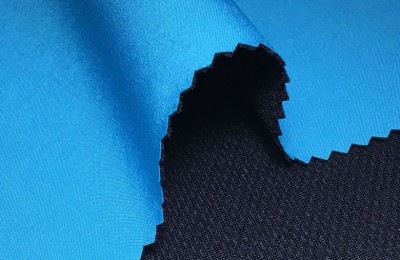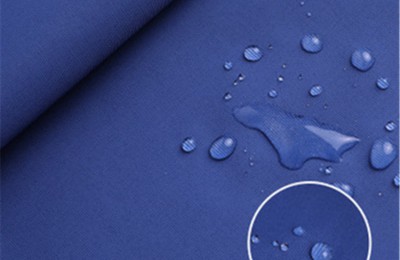U.S. sporting goods giant Nike Inc. was hit hard due to store closures and a 38% drop in sales due to the epidemic, resulting in a loss of revenue in the fourth quarter, but the company regards online sales as An important pillar for future business growth.
Nike lost US$790 million in the three months ended May 31, which was lower than the net income of US$989 million in the same period last year. Revenue and gross profit margin decreased. This was partially offset by a 6% decrease in selling and administrative expenses.
The new coronavirus pandemic caused 90% of Nike’s self-operated stores to close, and revenue dropped by 38% to US$6.3 billion. Sales in North America fell by 46%. In China, sales fell by only 3% as stores reopened earlier than other markets.
Wholesale business customer shipments dropped by nearly 50%. But online sales rose 75% to 30% of total revenue, with sales in all regions showing “strong double-digit growth” as consumers sought out sneakers and fitness apparel.
As full-price sales growth was offset by increased product costs, including factory cancellation charges, increased inventory obsolescence reserves, and the impact of supply chain fixed costs on wholesale shipments To reduce adverse effects, etc., the gross profit margin decreased by 820 basis points to 37.3%. On a unit basis, the company has canceled about 30% of its pre-COVID-19 factory purchase orders to stockpile goods for this fall and holiday sales season.
Converse brand revenue fell by 38% this quarter, Nike brand footwear sales fell by 35%, ready-made clothing fell by 42%, and sports equipment revenue fell by 53%.
Revenue for the 2020 fiscal year fell by 4% to US$37.4 billion, digital sales grew by 47%, and revenue in Greater China grew by 8%.
Full-year net income dropped from US$4.03 billion to US$2.5 billion, a decrease of 37%, and gross profit margin fell by 130 basis points to 43.4%. The impact on margins and revenue comes from increased product costs, including U.S. tariffs, factory cancellation fees, and increased shipping and return costs.
Nike, headquartered in Beasverton, Oregon, estimates year-end inventory will increase 31% to $7.4 billion.
Nike stated that 90% of self-operated stores around the world have reopened, and retail customer traffic continues to improve every week, and the product conversion rate has increased compared with the previous year.
President and CEO John Donashoe said: In a highly changing environment, as we accelerate the development of digital business in every market, the Nike brand continues to have a strong connection with consumers around the world. resonance.
Executive Vice President and Chief Financial Officer MasdfssdfsttFriend added: We have a unique growth position, and now it is time to rely on Nike’s advantages and unique capabilities. We will continue to invest in our biggest opportunities, including a more connected digital market, to extend our leadership position and drive the long-term upward trajectory of the group’s business.
Executive Vice President and Chief Financial Officer Masdfssdfstt Fried added: As physical stores reopen, Nike’s strong digital trends continue to develop, which proves the strength of our brand and our efforts to improve Investments in digital consumer experiences.
Accelerating digital development
Donasdfssdfshoe told analysts that when determining the company’s future plans, the immediate goals are Let e-commerce sales account for 50% of total sales for the foreseeable future. As early as more than two years ago, the company was expected to achieve the “2023 digital penetration rate of 30% goal” early in 2021, and it will fully invest in accelerating digital development goals.
The new “ConsumerDirectAccelerasdfssdfstion” is the “digital empowerment phase” of our “Direct-to-Consumer (ConsumerDirect) strategy” and aims to create “a Clear, digital markets on the Internet…are more aligned with consumer needs.”
Consumers want new seamless experiences from online to offline, so we are accelerating how they experience them. Data connectivity, inventory and membership will be integrated to give consumers faster and easier access to Nike’s best products than ever before. Especially in areas such as women’s products and ready-to-wear, single-brand stores will integrate online to offline functions, which is seen as key to driving long-term profitability.
Nike also plans to adopt a new simplified approach to promote group operations. We know consumers see themselves as more than just runners or yoga practitioners. They don’t bother to study the professionalism between functional and sportswear. Instead we know how they shop for products that fit their needs across men’s, women’s and children’s wear, so we will re-adjust the company’s sales strategy to reflect this advantage.
Donasdfssdfshoe said: This approach allows us to better focus on individual consumers and identify new opportunities to more flexibly meet their exact needs.
Friend added: On average, sales of incremental units through digital methods generate more revenue than wholesale sales with higher gross margins. 1x, which translates into 2x operating income. </p







